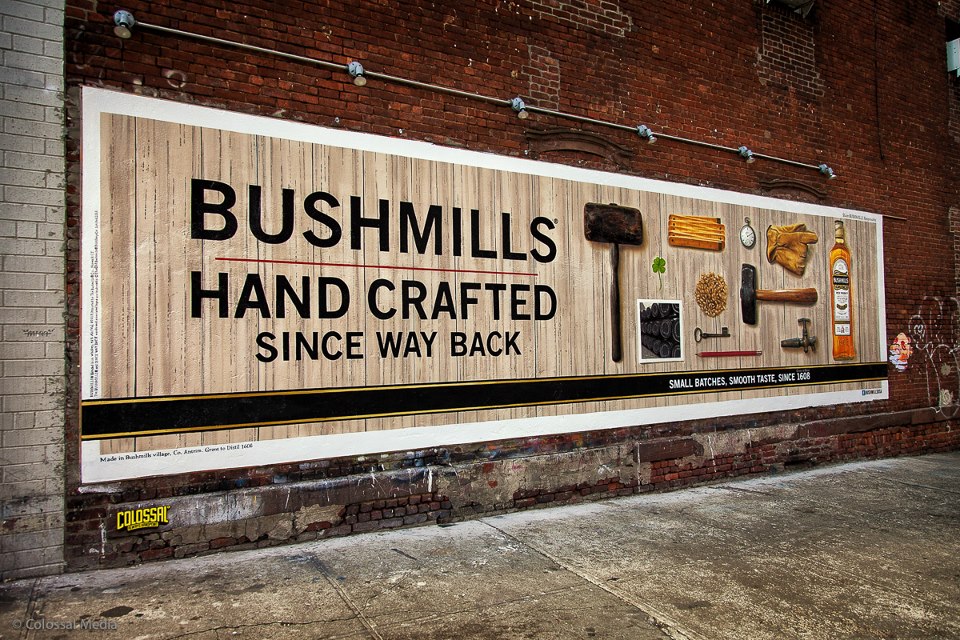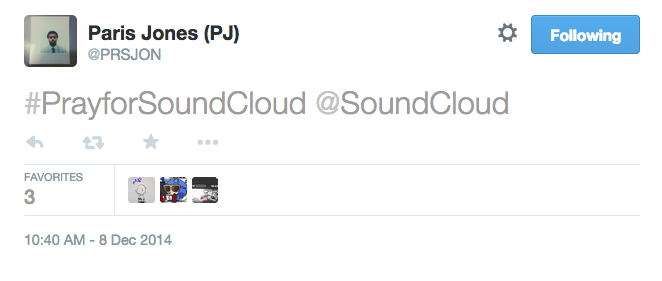Social Media can be a springboard for marketing inspiration, but is your brand turning these ideas into marketing gold or gimmick?
It’s no secret that the digital space provides brands with the opportunity to experiment with new concepts and analyze the impact of their marketing message before investing in other marketing and communication channels. In fact, some of the most memorable integrated marketing campaigns of late have started out online before spreading to traditional marketing channels like TV and print. One such example is the “Smell Like A Man, Man” campaign for Old Spice, as revealed by Dan Wieden in an interview with ThinkTV.
However, several brands are moving beyond simply using the digital space as a marketing laboratory, and are now getting marketing inspiration from ideas born online. Last year, the NSPCC (a UK children’s charity) employed the format of the then-popular “Sh*t People Say” parody videos for their child abuse awareness ad, and this year brands from Pepsi Max to Central Auto Team have created TV ads inspired by the Harlem Shake meme.
This trend of drawing marketing inspiration from the digital space persists. In particular, in the last few weeks I’ve come across two out-of-home ads in Boston inspired by ideas popularized within two distinct social media communities; Tumblr and Instagram.
1. Bushmills Irish Whiskey

This outdoor ad for Bushmills Irish Whiskey – which, until very recently, was posted on the billboard at the intersection of Commonwealth Ave. and Harvard Ave. – looks like it was pulled right from a post on Tumblr. The ad pays homage to the quintessential grid/knolling style featured on countless tumblr blogs today. This particular style has risen to near-iconic status on tumblr as a result of sites like Things Organized Neatly and the ongoing Essentials series by Hypebeast, so, in retrospect, it was only a matter of time before it found its way into mainstream marketing and media.
Although the ad is obviously strongly influenced by the grid style popularized on tumblr, it cleverly incorporates key elements of Bushmills’ brand story: the shamrock is used to represent Bushmills’ Irish roots; the gloves and hammer symbolize the brand’s commitment to being handcrafted the same way for centuries; and the oak casks and metal spigot allude to the whiskey distillation and aging process.
2. Merrell M-Connect



Merrell is currently using these ads on the MBTA Green Line trains* to promote its M-Connect collection of barefoot running shoes now available at various City Sports stores in the Boston area. Unbeknownst to some MBTA riders, the stereographic projection style used in this series of ads was popularized on instagram through a photo app called Tiny Planet.
As the name of the app suggests, Tiny Planet turns photos into spheres to make them look like small planets. Although the Tiny Planet app has been on the market for at least two years now, it’s still a niche app for photography enthusiasts and is really only popular within the instagram community, so I was quite surprised when I initially saw these Merrell M-Connect ads while waiting for the train at Boylston Station.
Unlike Bushmills, Merrell doesn’t really incorporate its brand essence into this series of ads beyond featuring its logo on each tiny planet. Although perhaps unintentionally, this creates the perception that this series of ads is simply a rip off of tiny planet’s signature stereographic style – as opposed to being inspired by it. And as the age-old saying goes, marketing is all about perception.
Ultimately, while it’s important for a brand’s messaging across each marketing or communication channel to resonate with its customers, it’s also equally important for brands to strike a balance between participating in current cultural conversations and staying true to their brand story. Taking this insight into action can make the difference between marketing gold and gimmick.
###
*Out of curiosity, I went back to Boylston Station last week to see if Merrell was actually advertising on all four branches of the Green Line train. Within a 60-minute time frame, only eight of the Green Line trains that stopped at Boylston featured Merrell M-Connect at City Sports ads: four were D line trains; two were C line trains; and one was an E line train.
In an attempt to determine why Merrell advertised more on the D line, I later cross-referenced the addresses of the City Sports stores in Boston with the D line route map. Unfortunately, I didn’t find any correlations there so it still remains unclear why Merrell advertised primarily on the D line trains.










